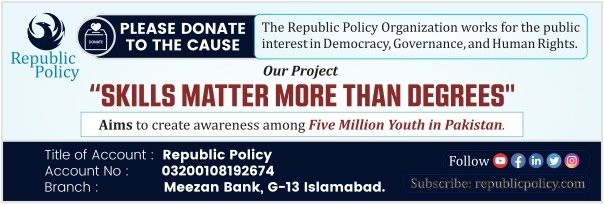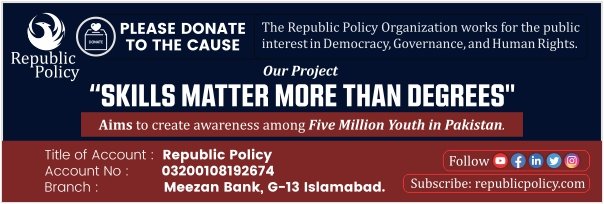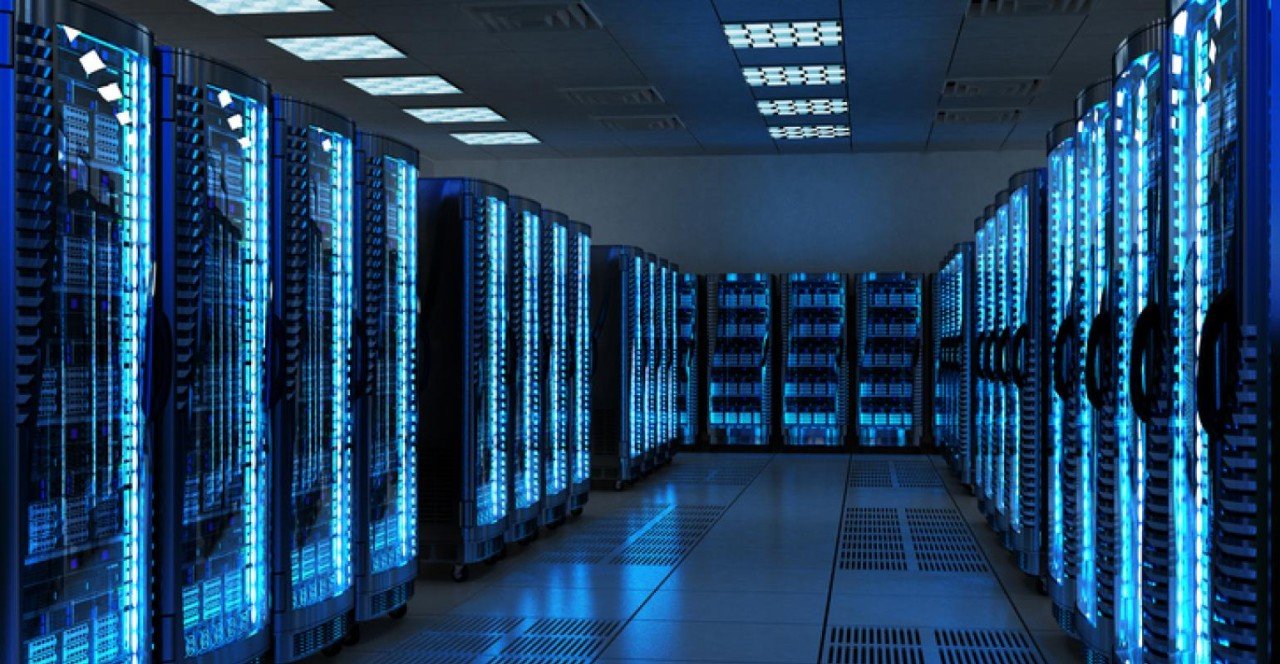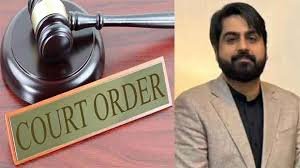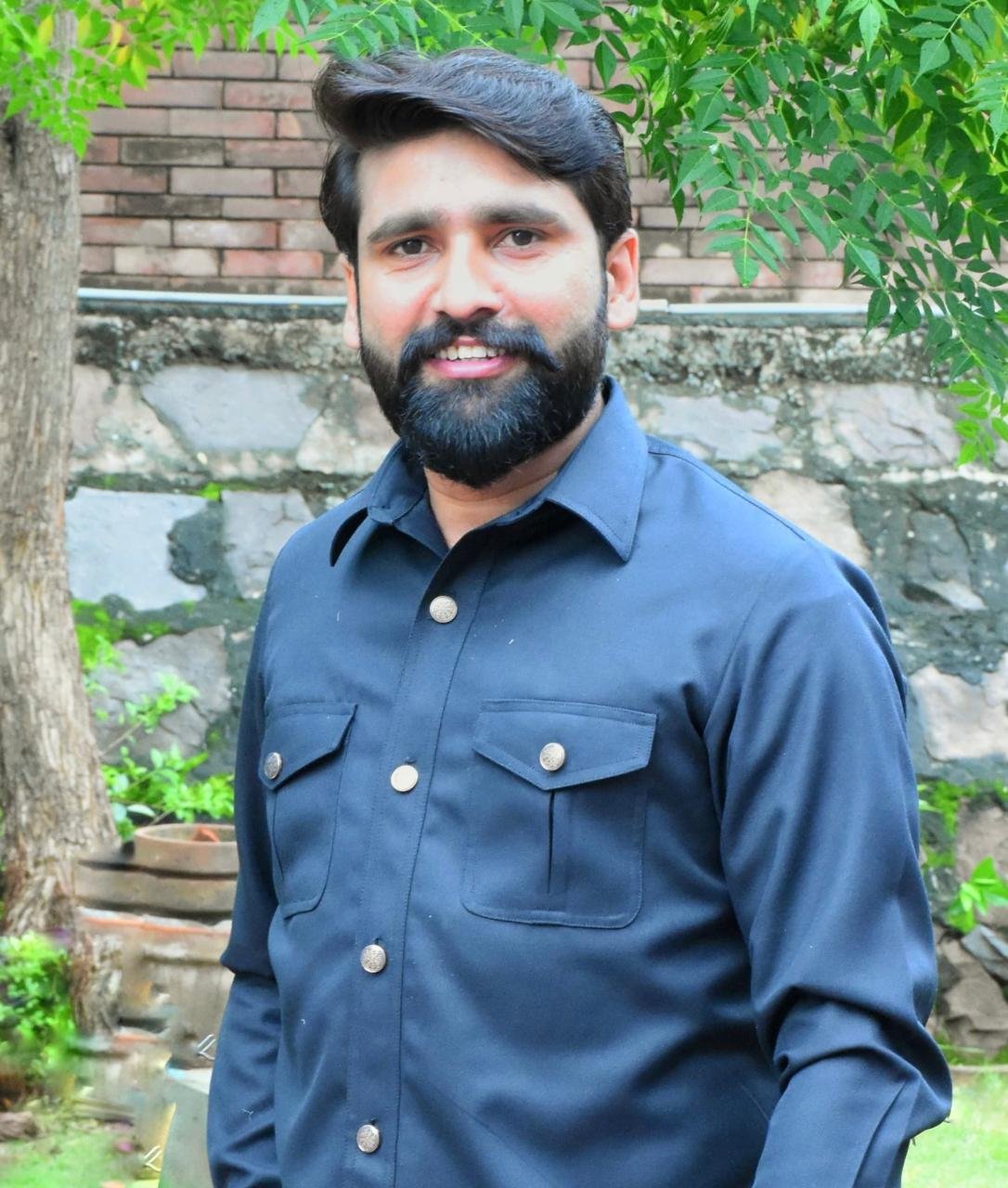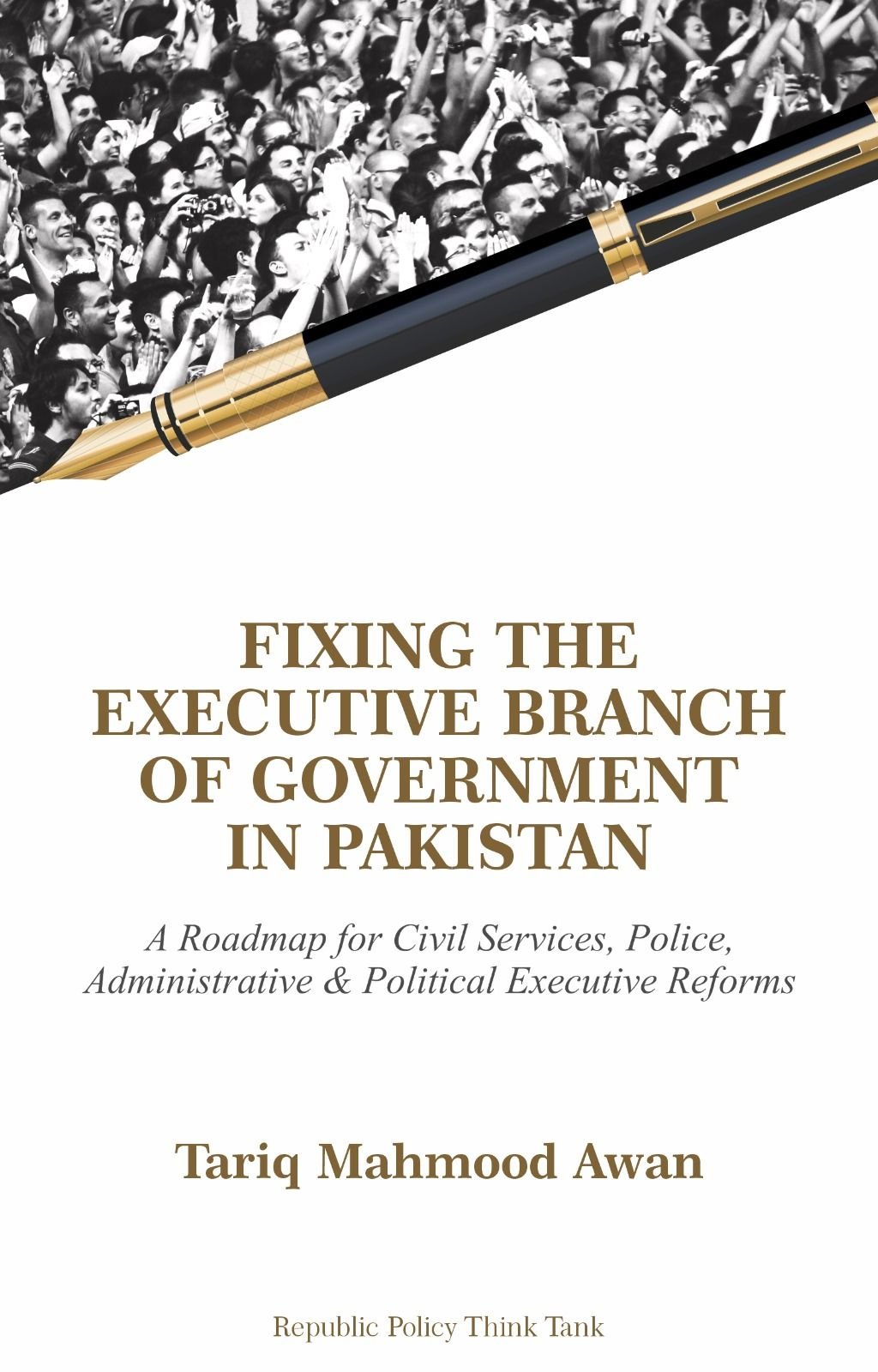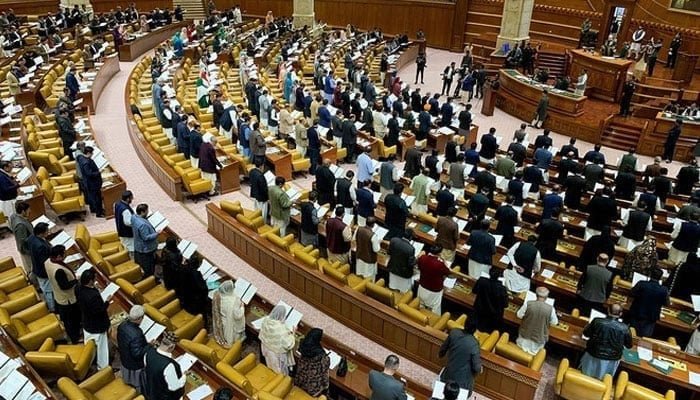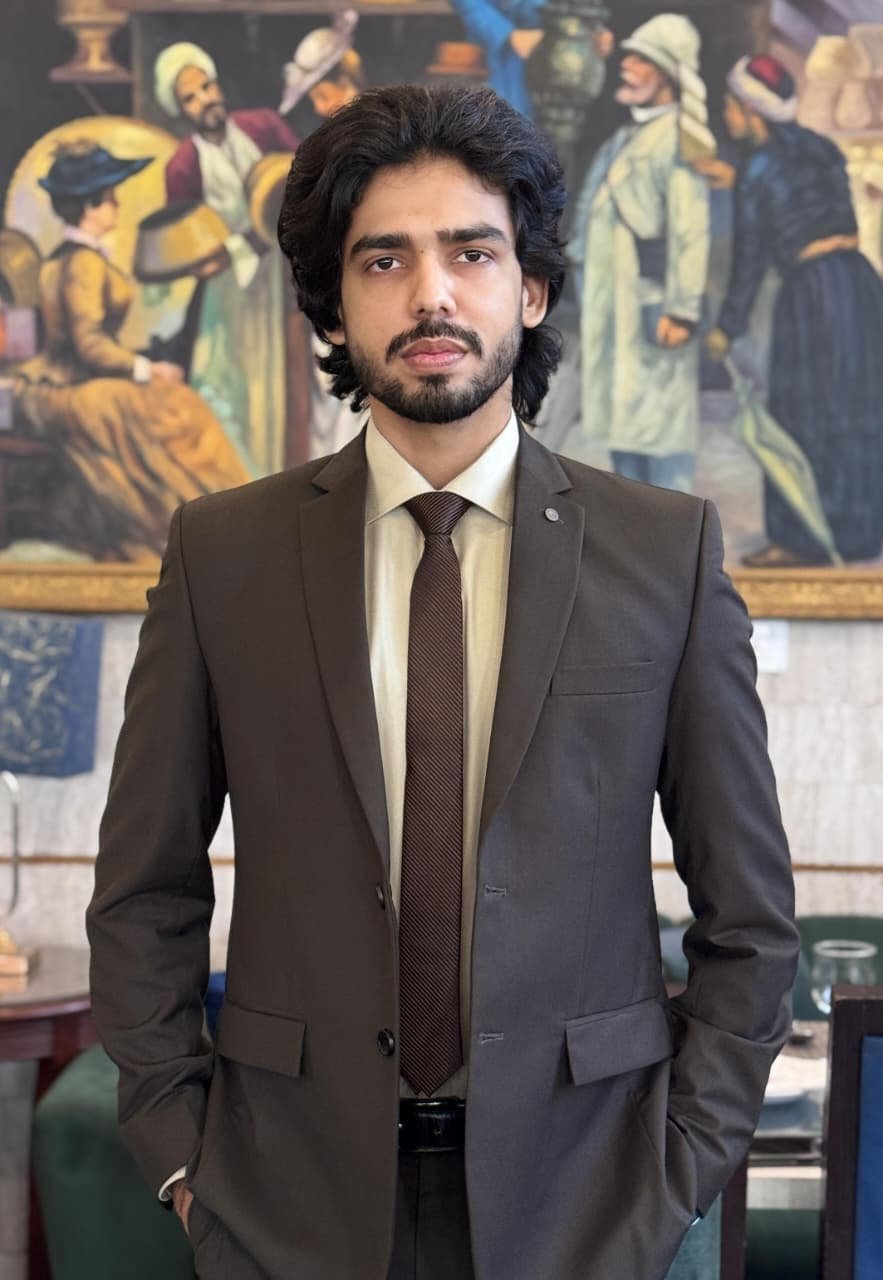Sana Usman
Understanding the Constituency Politics in Pakistan
Pakistan is a federation and, thus, has ten distinctive political regions. There are three distinct regions in KPK, including Harzara, Ex-FATA and the rest of the Pusthon area consisting of Peshawar Valley, Malakand Division, and central and southern KPK. In Balochistan, it is Pushton and Baluch belts. In Sindh, the political divisions are primarily between urban and rural Sindh. Then, in Punjab, there is a division between urban, rural and semi-urban areas. However, there are also four distinct regions for voting patterns, including northern, western, central and southern Punjab. Hence, ten different regions of Pakistan have distinctive political and voting patterns.
There are 266 NA seats in Pakistan. Therefore, a political party needs 134 NA seats to formulate the government. It is becoming increasingly difficult to predict the outcome of the elections due to multiple factors. PTI is the most popular federal party. It is popular in seven regions, followed by PMLN, which still has a meaningful presence in four parts. Pakistan Peoples Party is dominating the region of interior Sindh. Then, JI, TLP and others have their respective pockets. JUIF is also popular in two areas, followed by ethnic and linguistic parties. Therefore, we can assume that PTI can be the potential winner, and if all other political parties under the umbrella of PDM unite, they may also win the elections. Therefore, it will be PTI vs PDM elections if these are held freely and fairly to an extent.
The biggest challenge of PTI is its organization which seems to have collapsed after the protests of 9th May. PTI means Imran Khan, his social media SMTs, volunteers, and middle-class supporters and voters. Then, PTI voters and supporters are not functional through the organization but through social media narratives. PMLN is unpopular among the general public. It only relies on the system support, which is favourable to them now. PPPP is only limited to interior Sindh and also depends on system powers. Accordingly, PTI will have to defeat the system to win the elections, and PDM will have to beat PTI’s 70 per cent popularity to form the government.
The equation is tough for both PTI and PDM. Almost 50 per cent are party voters & 50 per cent comprises other factors such as electability, Biradri, factions, and swing voters (who normally vote for the winning party). Accordingly, PTI will have to rely on party voters and PDM to the other voters to win the elections. Hence, if PTI gets other votes too in different constituencies, it will have an advantage, and likewise, if PDM wins the party votes to an extent, it will have the advantage. Currently, PTI does not seem to exploit the other voters for many reasons, primarily due to weak organization. Then, PDM is unpopular among party voters except for their vote base.

Click here to read the July issue of Republic Policy Magazine.
Therefore, the party that runs better election campaigns, manages polling day effectively and motivates the voters while relying upon or defying the system’s powers might have an advantage over the other. If Imran Khan is disqualified or jailed, it will become more problematic for PTI because PTI voters do not trust the second-tier leadership of the PTI, including Shah Mahmood Qureshi, and they might not rally behind him. In this situation, PTI must formulate a core committee with the symbolism of Imran Khan and the voters’ support. PDM should keep their alliance and work on each constituency. The success of PDM depends upon their unity and the support they get out of the system. Lastly, PDM may only be able to defeat PTI or Imran Khan with the help of the system.
Subscribe our website for latest updates:
https://republicpolicy.com/shop/
Read More


